Knee pain and dysfunction can significantly impact an individual’s quality of life, and knee surgery is often recommended as a treatment option for various knee conditions or injuries. However, knee surgery can sometimes lead to persistent pain and dysfunction even after the surgical procedure. In recent years, there has been growing interest in alternative approaches such as Platelet-Rich Plasma (PRP) and Bone Marrow Aspirate Concentrate (BMAC) as non-surgical methods to resolve knee problems and promote healing.
One of the reasons knee surgery can create pain and dysfunction is due to the invasive nature of the procedure. Knee surgeries, such as knee replacement or arthroscopy, involve cutting through tissues, removing damaged structures, and sometimes implanting artificial components. While these surgeries can effectively address specific issues such as severe joint damage or torn ligaments, they can also disrupt the normal biomechanics of the knee joint, leading to imbalances and compensatory patterns that can cause pain and dysfunction.
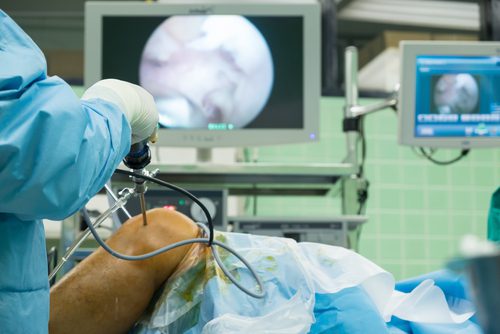
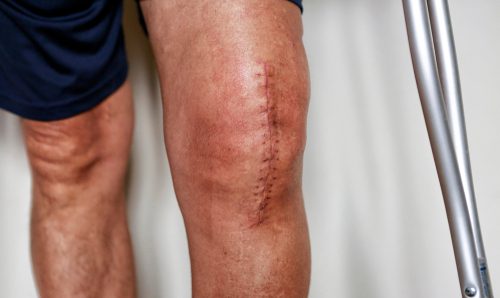
Additionally, the recovery process after knee surgery can be challenging. Patients often experience post-operative pain, swelling, and stiffness, which can limit their range of motion and muscle strength. The immobilization required during recovery can result in muscle atrophy, weakness, and loss of joint stability. Furthermore, scar tissue formation and adhesions can develop as a natural part of the healing process, potentially restricting joint mobility and causing discomfort.
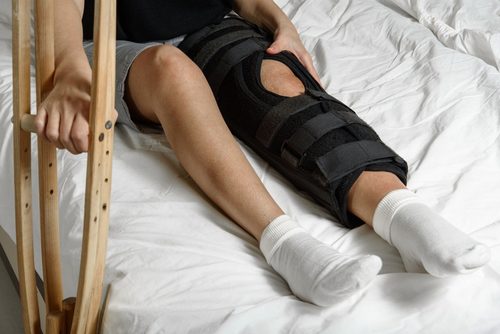
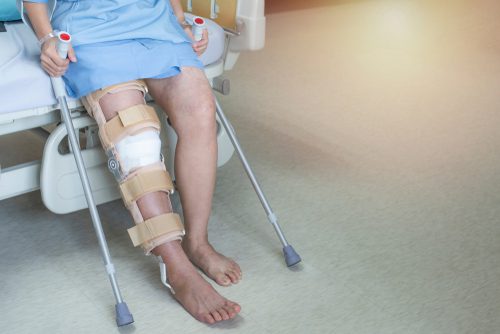
This is where PRP and BMAC can offer an alternative approach to resolving knee pain and dysfunction. PRP is a regenerative medicine technique that uses a patient’s own blood to concentrate platelets, which are rich in growth factors and other bioactive substances that promote tissue healing and repair. BMAC is an advanced technique that involves extracting bone marrow from a patient’s hip or other sources and concentrating it to obtain a high concentration of stem cells, growth factors, and other regenerative elements.

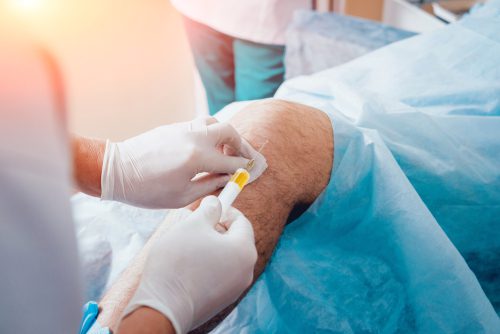

Both PRP and BMAC can be injected into the knee joint, either alone or in combination with the external structures that support the joint, to promote tissue regeneration, reduce inflammation, and stimulate the body’s natural healing response. These treatments can potentially address the underlying causes of knee pain and dysfunction by promoting tissue repair, improving joint function, improving stability, and reducing inflammation without the need for invasive surgery.
Benefits of Regenerative Medicine to Combat Knee Pain
- One of the key benefits of PRP and BMAC is that they are minimally invasive procedures that can be performed in an outpatient setting. The procedure involves using a needle to inject the concentrated PRP, BMAC, or both combined directly into the knee joint under ultrasound and / or fluoroscopy guidance. The entire process typically takes about 1-2 hours, and patients can usually resume their normal activities shortly after the procedure with little to no downtime.
- Furthermore, PRP and BMAC are derived from the patient’s own body, reducing the risk of adverse reactions or complications associated with foreign substances. The use of the patient’s own blood or bone marrow also eliminates the need for donor matching or compatibility testing, making these treatments safe and suitable for a wide range of patients, including those who may not be eligible for surgery due to various reasons.
- Another advantage of PRP and BMAC is that they can be customized to the individual needs of the patient. The concentration of platelets or stem cells can be adjusted based on the severity of the condition and the specific requirements of the patient, allowing for a personalized treatment approach. The Regenerative Medicine physician can evaluate the patient’s condition, assess the severity of the knee problem, and determine the appropriate concentration and accurate placement of PRP and / or BMAC to be used for optimal results. Physical therapy exercises can be prescribed along with Regenerative Medicine injection techniques to improve muscle strength, flexibility, and joint stability.





